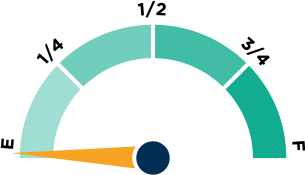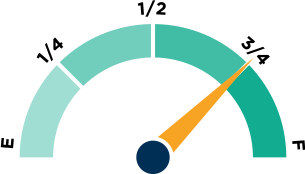Oregon
Rank
Oregon, at 40th with a D-, remains stuck. The Beaver State’s rigid systems and limited options block the flow of education freedom, forcing families to seek alternatives elsewhere.
Oregon's charter schools receive a blanket waiver from most regulations that apply to district schools. However, since school districts are the main authorizers in Oregon, charter schools are rarely permitted operational autonomy in practice. Oregon has the...
Oregon prioritizes proficiency-based learning and offers robust support for dual enrollment initiatives, enabling students to accrue college credits during their high school tenure. Additionally, the state provides access to CTE programs, fostering...

Governor Tina Kotek, like her predecessor, is not supportive of education change and clearly states in her education plan that she “opposes any effort to undermine public schools by providing taxpayer dollars to private schools in the name of ‘school choice.’”
Oregon has no private school choice programs available.
Even as innovation surges nationwide, high-spending states like California, New York, and Oregon still limit families' options, showing that dollars alone don't guarantee education freedom.

School and district report cards are easy to access from the homepage of Oregon's Department of Education website, and can be found under the “Schools & Districts” heading. School report cards are formatted in "at-a-glance" profiles, making information easy to...

One of many data points to assess whether a state has the right policies in place to ensure teacher quality is the "use of student achievement data in teacher preparation accountability." How empty or full the fuel tank above is will give you the answer for your state.

"The Oregon Blaine Amendment has been viewed as a parallel interpretation to the federal Establishment Clause by Oregon courts," (Institute for Justice) which does not prohibit educational choice programs.